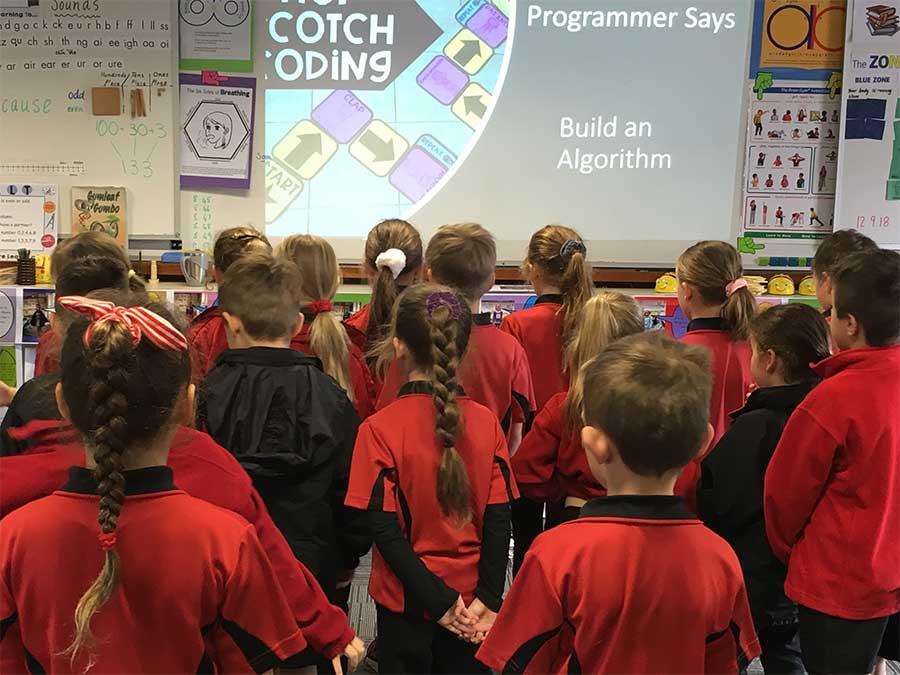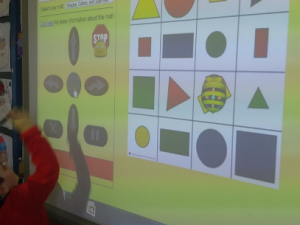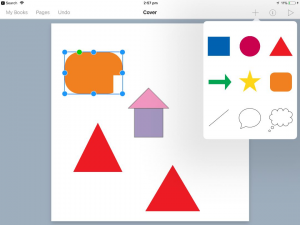Your stories: Bunbury Primary School
Working with Digital Technologies in a WA Regional School.
Robin McKean, CSER Project Officer WA and Franca Dillon, Associate Principal, Bunbury Primary School

The WA CSER Digital Technologies Project Officer in collaboration with Bunbury Primary School Associate Principal, Franca Dillon and the Early Years staff designed a sequence of professional learning sequence lesson sessions.
The lesson sequences were designed to support the further uptake and consolidation of Digital Technologies already mapped to the school’s K-6 Digital Technologies scope and sequence.
Lesson 1 involved integrating across learning areas, staff and students working together using play based learning to think computationally. Dance and movement games activities, poetry, and tactile resources including Tangrams, Beebots and Osmo were used to build Algorithm knowledge and skills.
Students then used their own set of direction cards and post it notes to develop their own pseudo code for playground hop scotch game and some ‘Boot Scootin’ moves with their Beebot – a simple poem signalled the shape of things to follow – the story of the Tangram Square and a little Chinese boy who was extremely bored:
So he took a plank and his father's sword
And he made a square and split it in seven;
He did it all morning from eight to eleven....
Lesson 2 involved using tangram shapes. Students cut out a set of Tangram shapes, then applied their information to get their Beebots to move along a tangram number line. This enabled students to become familiar with the shapes before programming them. Students then programmed their robots to travel around a 2D shape game board using their carefully constructed tangram shape die.
As a follow up students:
- recreated and coded tangram algorithms
- created and coded our own tangram shapes
- used Beebot apps and 2D map emulator activities
- used Book Creator to design and create a Tangram Shape Instruction Booklet using student Tangrams, algorithms and the app in 2D shapes
- used Osmo to arrange tangible puzzle pieces into matching on-screen shapes.
In conclusion, using a sequence of lessons enabled teachers to gain further confidence, as well as to consolidate their knowledge of using and integrating digital technologies between lessons.




